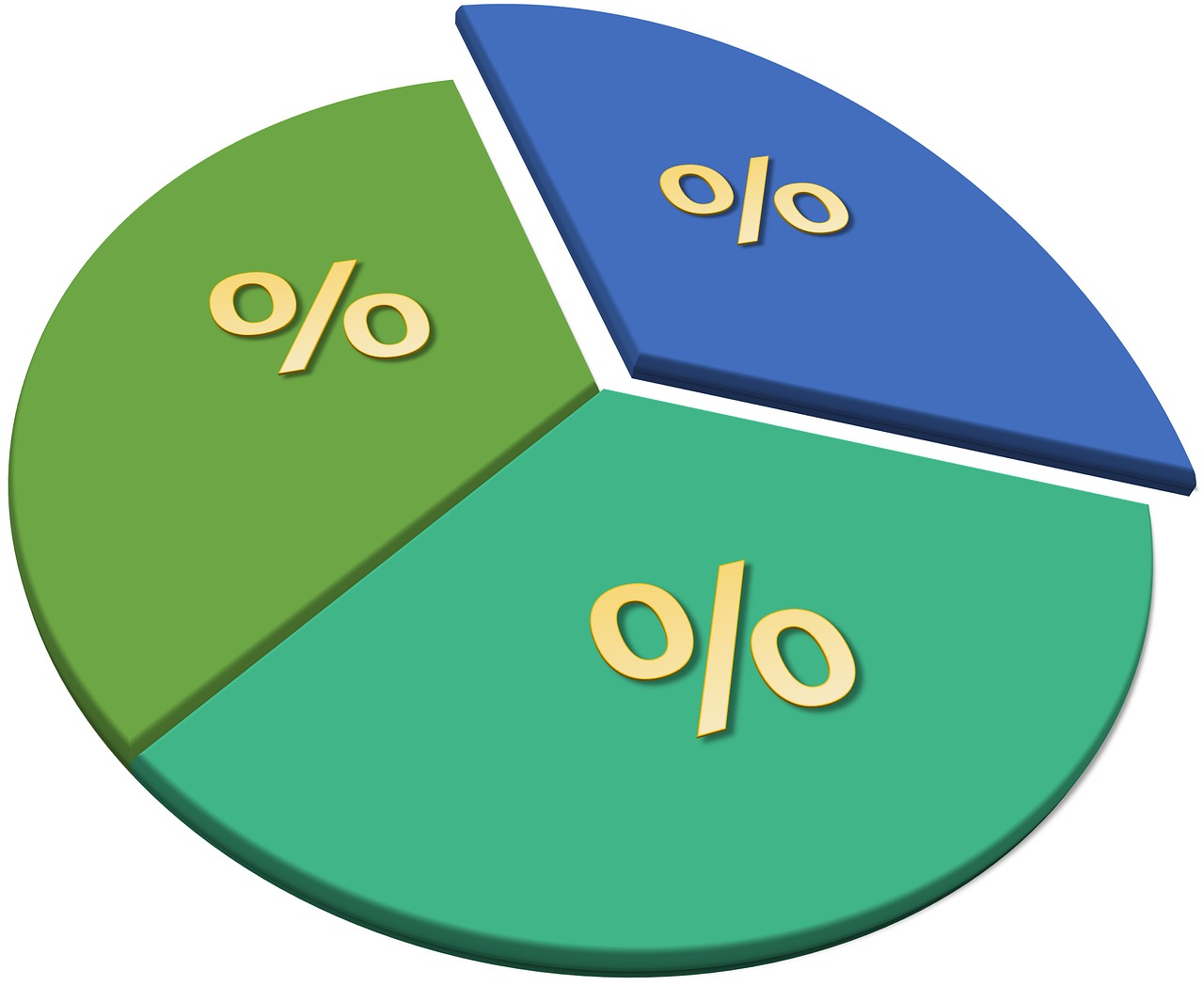Portion Distortion
Karen Crawford, MS, RD, CSP
It’s no secret that portion sizes have more than doubled over the past 20 years. The amount of food that people are eating at one sitting is getting larger and our expanding waistlines are there to prove it! An increased portion size means more calories that our bodies don’t necessarily need. Research is showing that these supersized portions are a contributing factor to excess weight gain. So what is the perfect portion? As a general rule, the way you fill your plate has a lot to do with it. A perfect portioned plate will be set up in this way- half filled with veggies, ¼ filled with a lean protein, and ¼ filled with a carbohydrate. But typically what we see is half filled with carbohydrates and protein and only ¼ filled with veggies.
By only consuming 10 extra calories per day, you will add one pound to your body weight in a year. While one pound might not seem like a lot, an additional 100 calories a day for an entire year equals a 10 pound weight gain! Adding another 100 calories to your diet is not hard to do. As portion sizes have increased over the years, we have become distorted in what is an appropriate amount to eat for our bodies. Twenty years ago, a cheeseburger had 300 calories and today it has 600. You would have to lift weights for 1.5 hours to burn off those 300 extra calories. Twenty years ago, a typical plate of spaghetti and meatballs had 500 calories and today it has 1000. You would have to clean your house for 2.5 hours to burn off those extra 500 calories.
Portioning your food does not mean that you will have to carry measuring cups and spoons around with you. You can use the plate method described earlier or follow these tips below:
• One cupped hand is the size of a serving of pasta.
• Two cupped hands is the size of a serving of veggies.
• The palm of your hand is the size of a serving of lean protein.
• Your fist is the size of a serving of fruit.
• Your thumb is the size of a serving of cheese.
Want a few tips on how to control your intake when faced with large portions?
• When eating out, share an entrée with a friend or ask your server to put half of the meal in a Togo box before your meal is even served.
• At home use a smaller plate- people tend to fill their plates, whether big or small.
• When snacking, put a reasonable amount of food into a container and then put the larger bag away. Out of sight, out of mind!
• Avoid overeating at meal times by having a healthy small snack between meals.
Remember, it’s all about balance and moderation.
